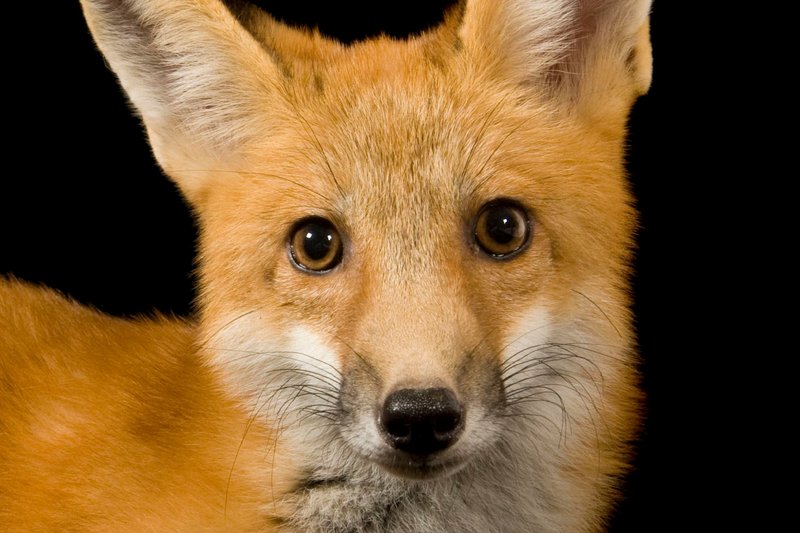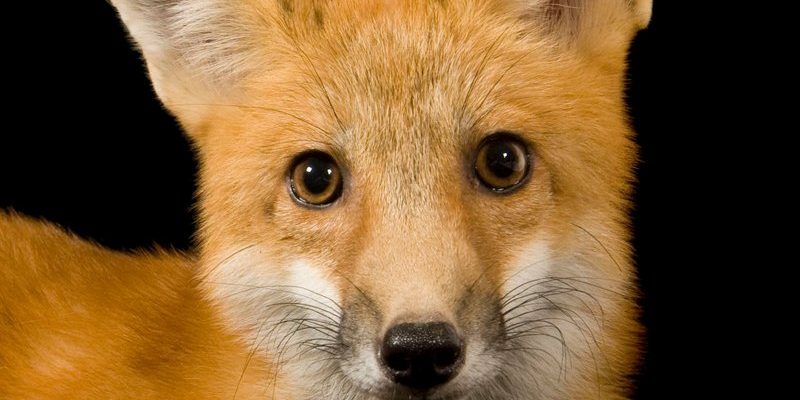
The red fox’s global presence is something of a double-edged sword. They thrive in diverse environments, from urban areas to rural landscapes. However, their success isn’t universal. Different regions face different threats, from habitat loss to hunting. This article will unravel the truth about whether the red fox is endangered and what conservation efforts are underway to protect this fascinating creature.
Understanding Red Fox Populations
The red fox, known scientifically as *Vulpes vulpes*, has a wide distribution across much of North America, Europe, and Asia. Their adaptability is one of their key survival traits. They can thrive in forests, grasslands, and even bustling cities. This flexibility allows them to adjust to various environments, making them a common sight in many parts of the world.
However, not all red fox populations are thriving equally. While some areas boast healthy fox communities, others are struggling. In fact, certain local populations are experiencing steep declines, primarily due to urbanization, habitat destruction, and hunting practices. It’s a stark reminder that while some populations are stable, it’s essential to consider regional differences.
When thinking about red foxes, it’s also important to note their role in the ecosystem. They help maintain the balance by controlling small mammal populations. So, when we talk about conservation, we’re not just protecting a species but also the health of the habitats they contribute to.
Conservation Status: Are Red Foxes Endangered?
So, are red foxes endangered? The short answer is no, but it’s a bit more complicated. Globally, the red fox is classified as Least Concern by the International Union for Conservation of Nature (IUCN). This means they aren’t facing imminent extinction as a species. However, this status doesn’t capture the entire picture.
In many regions, red fox populations are stable or even increasing. Yet, in specific areas—especially where urban sprawl encroaches on their natural habitats—populations are dwindling. For example, in parts of the UK, certain subspecies and local fox populations face threats from habitat loss and culling programs aimed at controlling their numbers. It’s a complex situation that requires looking at each population individually to understand their true status.
Conservationists stress that even if a species isn’t endangered overall, local efforts are still crucial. Protecting habitats, advocating for responsible hunting practices, and promoting awareness about the importance of red foxes in ecosystems are all vital steps.
Threats to Red Foxes
Several factors threaten red fox populations around the globe. It’s essential to discuss these in detail to understand the context behind the numbers. Here are some of the primary threats:
- Habitat Loss: As cities expand and agriculture takes over natural areas, foxes lose places to live and hunt. Deforestation and urbanization can fragment their habitats, making it difficult for them to find food and mates.
- Hunting and Trapping: In some regions, red foxes are hunted for their fur, and while this isn’t the norm everywhere, it can pose a significant threat to local populations. In some areas, hunting regulations are in place to manage numbers sustainably, but enforcement can be uneven.
- Road Mortality: As red foxes adapt to living near humans, they often have to cross roads, leading to a high number of fatalities. This is particularly prominent in urban and suburban areas where traffic is heavy.
- Competition with Other Species: In some regions, red foxes are in direct competition with other predators like coyotes. This can lead to conflicts that affect their survival rates.
Understanding these threats helps us see the complete picture of red fox conservation. While they may not be endangered overall, local populations can certainly struggle.
Conservation Efforts in Action
Given these challenges, it’s inspiring to see what’s being done to protect red foxes. Many organizations and conservationists are dedicated to ensuring this species can thrive. Here are a few key efforts:
- Habitat Restoration: Programs that focus on restoring natural habitats allow red foxes to reclaim areas they once roamed. This can involve replanting native vegetation and working with local communities to minimize land use impacts.
- Educational Campaigns: Teaching people about red foxes can reduce misconceptions and promote coexistence. Understanding their role in the ecosystem helps communities see them as valuable rather than as threats.
- Research and Monitoring: Ongoing studies help track red fox populations, their movements, and their health. This data is essential for developing effective conservation strategies.
- Legislation and Policy Changes: Advocating for stronger wildlife protection laws ensures that red foxes and their habitats have legal backing. This includes stricter regulations on hunting and land use.
Each of these efforts contributes to a brighter future for red foxes. As communities grow and change, it’s vital to adapt conservation strategies to ensure these clever creatures continue to thrive.
The Role of Communities in Conservation
When it comes to conservation, communities play a critical role. Local residents can make a big difference through small actions. Here are some ways communities can contribute:
– Creating Wildlife Corridors: These are pathways that allow animals, including red foxes, to safely navigate through urban areas. Developing green spaces and preserving natural habitats can help connect fragmented landscapes.
– Promoting Responsible Pet Ownership: Keeping cats indoors and supervising dogs can reduce predation on wildlife, including red foxes. Communities can share tips on responsible pet ownership to minimize conflicts.
– Participating in Citizen Science: Many organizations offer opportunities for local residents to help monitor wildlife populations. This can include reporting sightings of red foxes and participating in wildlife surveys.
– Advocating for Sustainable Practices: Supporting local initiatives that promote eco-friendly practices can lead to healthier ecosystems for all wildlife, including red foxes.
Communities are where change begins. Through awareness and action, we can all do our part to keep red foxes safe.
Looking to the Future
So, what’s next for red foxes and their conservation? The future looks promising, but it requires ongoing effort. As environmental challenges evolve—like climate change and urban expansion—so must our approach to conservation.
We need to stay informed and proactive. Continued research is crucial to understand how changing climates affect red fox behavior and reproductive patterns. This will ensure that conservation strategies are effective in the face of new challenges.
Furthermore, fostering collaboration between conservationists, governments, and communities can lead to innovative solutions. It’s about creating a shared vision for coexistence that benefits both red foxes and humans.
In conclusion, while the red fox is not currently endangered, we must remain vigilant. Local populations still face challenges that require attention and action. By understanding these threats and supporting conservation efforts, we can help ensure that future generations can enjoy the sight of these fascinating creatures in the wild. Together, we can make a difference for red foxes and the ecosystems they inhabit.

